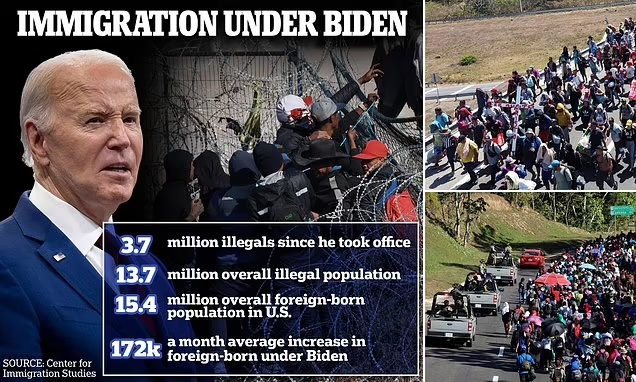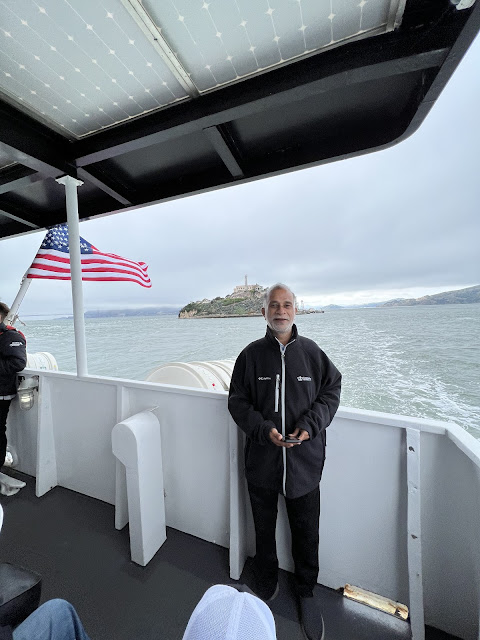#506
This is my personal view based on my interactions with Doctors over past 29 years.
The debate on whether medical facilities in India are on par with those in Western Europe often centers on contrasting perceptions and realities. Many Indians living overseas in Western Europe argue that while it might take longer to get appointments and medications there, the overall system is more robust and patient-centric.
Quick Access vs. Quality Care
In India, it is often possible to get an appointment with a specialist within hours and receive prescribed medications almost immediately. This swift access is frequently cited as a major advantage over the more bureaucratic systems in Western Europe, where wait times can extend to a week or more. However, the comparison doesn't end at speed.
Liability and Patient Care One critical difference lies in the concept of liability and patient care. In many Western countries, healthcare providers operate under stringent regulations and face significant liability for malpractice. This creates an environment where patient care is prioritized, and doctors are meticulous in their prescriptions and treatments to avoid legal repercussions. Conversely, in India, the fear of malpractice suits is minimal, often leaving patients vulnerable to the consequences of inadequate or erroneous medical care.
Doctor-Patient Interaction Another aspect worth discussing is the interaction between doctors and patients. In India, it is not uncommon for doctors to rush through appointments, leaving little room for patients to ask questions or express concerns. This attitude can lead to a lack of understanding and trust. Many doctors discourage patients from doing their own research online, fearing it might challenge their authority or complicate the diagnosis. On the contrary, in Western Europe, patients are generally encouraged to be well-informed and involved in their treatment plans, fostering a collaborative and respectful doctor-patient relationship.
Cost and Accessibility
While it is true that the initial cost of a doctor’s appointment in India might be relatively affordable at around Rs. 1000 (approximately $12), this can still represent a significant financial burden for many, considering the average wages. Furthermore, the rising costs of hospitalization and medications add to this burden, making healthcare less accessible for the lower-income population. Also wonder at Rs. 1000 spending less than 3 min with a quick chat (Without attention and empathy!) is it value for your money and you come out satisfied, probably not?
In Western Europe, healthcare systems often operate under a universal model, providing coverage that mitigates out-of-pocket expenses for patients. This ensures that everyone has access to necessary medical care regardless of their financial situation.
Testing and Accountability
The reliability of diagnostic tests and scans in India is another area of concern. The lack of accountability for inaccurate test results can have serious implications for patient health. Instances where test results vary dramatically within short periods without adequate explanations are not uncommon. Such inconsistencies undermine trust in the medical system and can lead to misdiagnosis or delayed treatment.
Case in Point: Consider a scenario where a patient's blood test shows an extremely high reading on one day and a significantly lower reading just a few days (even 96hrs) later, with no clear reason provided. This not only confuses the patient but also hampers effective treatment. In contrast, in Western Europe, stringent quality control measures are in place to ensure the accuracy and reliability of diagnostic tests, offering patients greater confidence in their medical care.
Personal Preference
Given these factors, it is understandable why some might prefer the healthcare systems in Western Europe despite the longer wait times. The assurance of receiving quality care, the availability of legal recourse in case of malpractice, and the emphasis on patient involvement in the treatment process provide a more comprehensive and reliable healthcare experience.
However, the reality remains that not everyone has the luxury of choice. Many in India must navigate the existing system, making the best of what is available. The goal should be to strive for improvements within the Indian healthcare system, ensuring that quality, accountability, and patient care are not compromised in the race to provide quick access.
Conclusion:- Ultimately, while India's healthcare system has its strengths, particularly in terms of accessibility and speed, there are significant areas that need improvement to match the standards seen in Western Europe. By addressing issues of accountability, patient care, and diagnostic reliability, India can work towards a more balanced and effective healthcare system.


















.png)

















